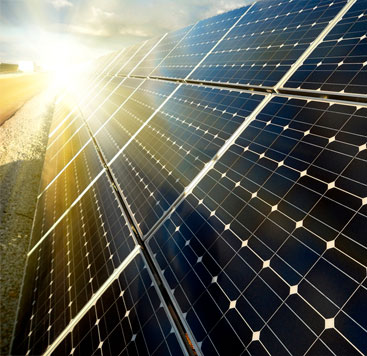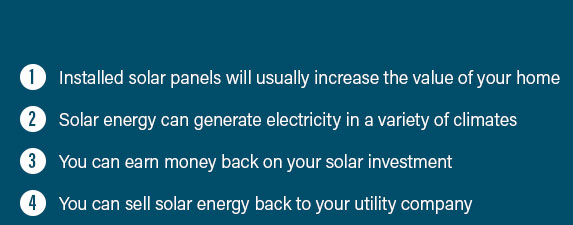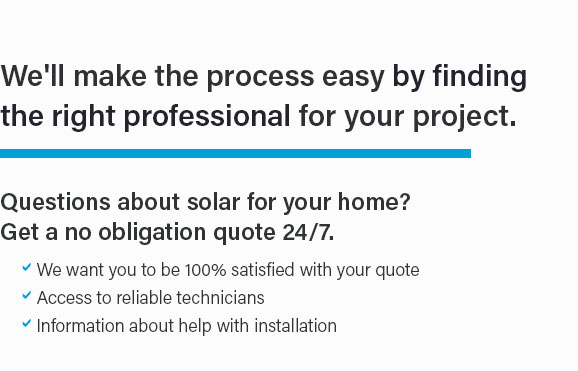 |
 |
 |
 |
 |
 |
 |
 |
 |
 |
 |
 |
 |
 |
|
 |
 |
 |
|
Unlock the power of the sun with our cutting-edge solar panel installation services-get your personalized quote now and discover how easy it is to transition to clean energy; our expert team handles everything from the initial assessment to the final installation, ensuring a seamless experience that not only slashes your energy bills but also enhances your home's value and sustainability, so take the leap towards a greener future today and see why countless homeowners are choosing us as their trusted solar partner.
https://unboundsolar.com/blog/step-by-step-diy-solar-installation?srsltid=AfmBOoqPLpSlbACLiOnhrAQySDiyDzge68YAQg2GTmPbWzG1Ryxx8Twq
We've created a comprehensive, step-by-step solar panel installation guide to help you through each stage of the solar installation process. https://unboundsolar.com/blog/step-by-step-diy-solar-installation?srsltid=AfmBOooge19nQY0E2TMcL1P3szjhhocIxfvMilAUmnhgLHHgpPJSQ5R8
We've created a comprehensive, step-by-step solar panel installation guide to help you through each stage of the solar installation process. https://www.washingtonpost.com/home/2021/10/03/installing-solar-panels-on-your-home/
They are built to withstand wind, hail, snow and torrential rain. According to Gonos, at minimum, a solar panel can take a pummeling by up to ...
|